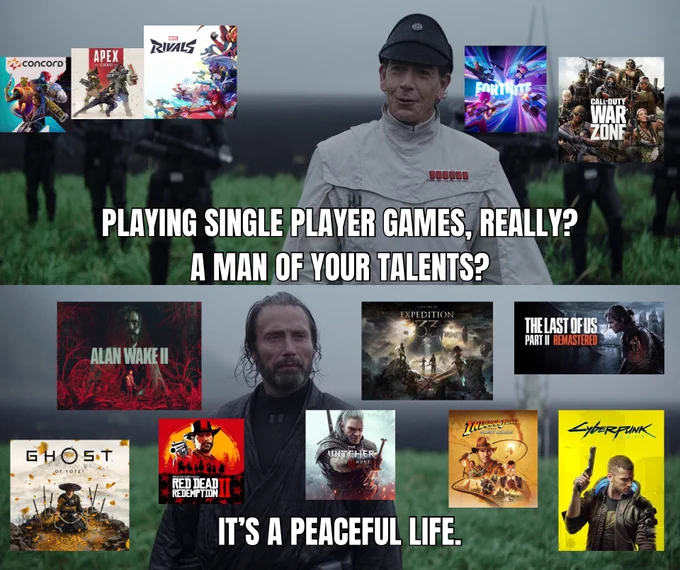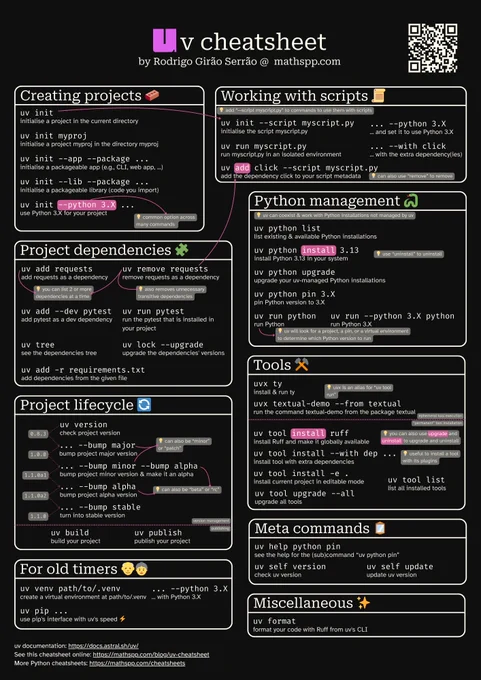Data analyst and SDR enthusiast
Joined September 2022
- Tweets 771
- Following 275
- Followers 186
- Likes 3,762
Aman Tiwari retweeted
KOJIMA PRODUCTIONS is hiring!
If you’re interested in joining the development of our new projects “OD” and “PHYSINT,” check out the link below 👍
kojimaproductions.jp/en/care…
#KojimaProductions
Aman Tiwari retweeted
Amazon Prime cycles through slow pans of static images for content they are promoting. The image quality is high, but several of them had a distracting shimmer in high contrast areas. It might be that the image resolution was too high and they are subsampling without mip maps, but my bet would be on not doing gamma correct texture filtering.
Always use sRGB(A) texture formats for images! Copy from RGB or YUV image formats if necessary, making sure to perfectly match the pixel centers. If you are just using textures like a pixel blitter with no stretching or subpixel movement you won’t notice a difference, but slow slides of an image will highlight the issue.
"I think the response has been a bit too positive," says Ball X Pit's developer kotaku.com/ball-x-pit-vampir…
Aman Tiwari retweeted
NetworkX is a Python language software package for studying networks. networkx.github.io/
Aman Tiwari retweeted
SAP shakes up its certification process
spr.ly/60117M1RH
Aman Tiwari retweeted
𝐂.𝐇.𝐀.𝐌.𝐏.𝐈.𝐎.𝐍.𝐒 🏆
Congratulations to #TeamIndia on winning their maiden ICC Women's Cricket World Cup 🇮🇳
Take. A. Bow 🙌
#WomenInBlue | #CWC25 | #Final | #INDvSA
Aman Tiwari retweeted
Networks, crowds, and markets: reasoning about a highly connected world cs.cornell.edu/home/kleinber…
Aman Tiwari retweeted
"Never confuse education with intelligence, you can have a PhD and still be an idiot."
-Richard P. Feynman
Aman Tiwari retweeted
Companies selling the dream of autonomous household humanoid robots today would be better off embracing reality and selling “remote operated household help”. Have teams of employees running them 24/7, with the option to reduce their workload as autonomous behaviors become viable. That would be genuinely valuable for some people, although likely still a money sink even with low cost labor. It would be the ethical way to gather the desired training data.
Studio Ghibli And Japanese Game Publishers Demand OpenAI Stop Using Their Content In Sora 2 ift.tt/kHxUmMe
Aman Tiwari retweeted
You're in an ML Engineer interview at OpenAI.
The interviewer asks:
"Our GPT model generates 100 tokens in 42 seconds. How do you make it 5x faster?"
You: "I'll optimize the model architecture and use a better GPU."
Interview over.
Here's what you missed:
Aman Tiwari retweeted
ChatGPT Danger: 5 Things You Should Never Tell The AI Bot
Protect yourself and your privacy.
Here are five sensitive things you should avoid sharing with ChatGPT or any conversational AI.
Read more 👉 bernardmarr.com/chat-gpt-dan…
#ChatGPT #Privacy #AIUsage #BernardMarr
Aman Tiwari retweeted
An EU breakup with US cloud providers
spr.ly/6015A2h1z
Aman Tiwari retweeted
The @karpathy interview
0:00:00 – AGI is still a decade away
0:30:33 – LLM cognitive deficits
0:40:53 – RL is terrible
0:50:26 – How do humans learn?
1:07:13 – AGI will blend into 2% GDP growth
1:18:24 – ASI
1:33:38 – Evolution of intelligence & culture
1:43:43 - Why self driving took so long
1:57:08 - Future of education
Look up Dwarkesh Podcast on YouTube, Apple Podcasts, Spotify, etc. Enjoy!
Aman Tiwari retweeted
You’re in an ML Engineer interview at Stripe.
The interviewer asks:
"People often dispute transactions they actually made.
How to build a supervised model that predicts fake disputes?
There’s no labeled data."
You: "I'll flag cards with high dispute rates."
Interview over.
Here's what you missed:
Active learning is a relatively easy and inexpensive way to build supervised models when you don’t have annotated data to begin with.
As the name suggests, the idea is to build the model with active human feedback on examples it is struggling with.
The visual below summarizes this.
1) Begin by manually labeling a tiny percentage of your data.
2) Build a model on this small labeled dataset. This won’t be a good model, but that’s fine.
3) Next, generate predictions on the dataset you did not label.
Since the dataset is unlabeled, we cannot determine if these predictions are correct.
That’s why we train a model that can implicitly or explicitly provide a confidence level with its predictions.
Probabilistic models are a good fit since one can determine a proxy for confidence level from probabilistic outputs, like the gap between 1st and 2nd highest probabilities.
4) After generating the confidence, rank all predictions in order of confidence.
5) Provide a human label to the low-confidence predictions and feed it back to the model with the seed dataset. There’s no point in labeling predictions that the model is already confident about.
6) Repeat the process a few times (train → generate predictions and confidence → label low confidence prediction) and stop when you are satisfied with the performance.
Active learning is a huge time-saver in building supervised models on unlabeled datasets.
The only thing that you have to be careful about is generating confidence measures.
If you mess this up, it will affect every subsequent training step.
Also, while combining the low-confidence data with the seed data, we can use the high-confidence data. The labels would be the model’s predictions.
This variant of active learning is called cooperative learning.
👉 Over to you: Have you used active learning before?

































